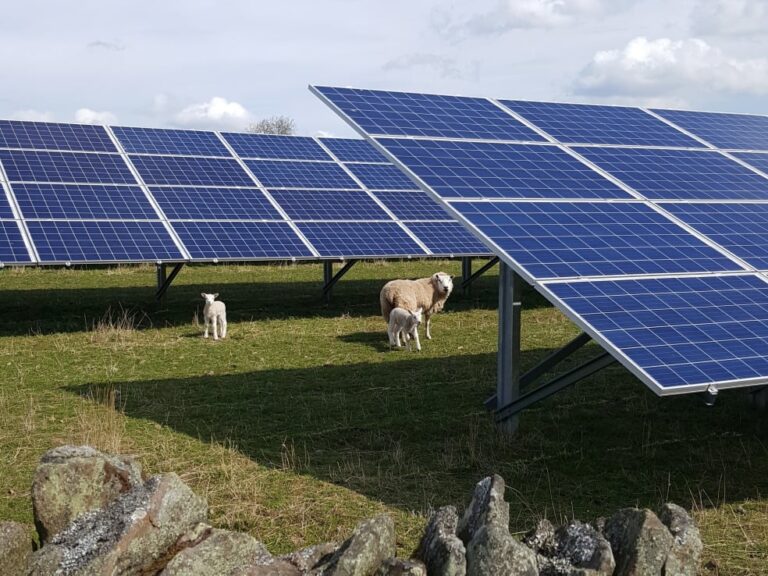A new report from solar industry trade body Solar Energy UK provides guidance to help solar farm developers build positive relationships with local communities.
The 52-page ‘Community Engagement Good Practice Guidance’ report, released yesterday (July 17), contains a wealth of case studies demonstrating best practice for developers when dealing with people living near proposed solar farms. The report covers the entire life cycle of a development, from design to decommissioning.
These guidelines are specifically aimed at developers of solar farms of five megawatts or more, taking into account not only the differing legal requirements of England and the devolved nations, but also good practice that goes beyond the minimum legal standards.
Advice on implementing various community engagement tools, including customer relationship management systems, project websites, telephone lines, dedicated staff, local government briefings, newsletters and community forums, is detailed in the guide.
The value of organizing visits to existing solar farms to show potentially hesitant locals what a solar farm looks like in real life is also highlighted, as is the importance of using local labour, suppliers and contractors where possible, which Solar Energy UK “a simple but effective way to demonstrate commitment to community relations and contribute to the local economy.”
The buy-in of local communities is a vital part of the continued success of the UK solar industry. Solar Energy UK describes good community involvement as “mutually beneficial to both developers and communities” as positive local relationships help reduce costs and avoid delays by addressing issues early, reducing the risk of misunderstandings about the nature of solar parks is reduced and acceptance by showing respect for the local population.
“The solar industry wants more than just delivering high-quality solar parks. We want to be good neighbours: we take locals with us on the journey to net zero, dispel misconceptions and take their feedback into account,” said Chris Hewett, Chief Executive of Solar Energy UK.
The solar industry must grow rapidly to reach the new government’s target of 50 GW of capacity by 2030. Now that more people are likely to live near a solar park in the coming years, public acceptance of developments in the field of solar energy is becoming increasingly important.
However, opposition to ground-based solar farms has become increasingly vocal in recent months, with former Secretary of State for Energy Security Clair Coutinho making a statement to Parliament in May urging ministers to support the approval of solar farms on good quality agricultural land. to refuse. Shortly afterwards, this sentiment was echoed by Philip Dunne, Chairman of the Environmental Audit Committee; the combined statements act as a likely catalyst for protests against Anglo Renewables’ proposed solar farm in Hampshire.
However, the new Labor government does not appear to share the hesitation of its predecessors, announcing that it has granted development consents (DCOs) for three solar projects designated as Nationally Important Infrastructure Projects (NSIPs), with a combined capacity of 1 .3 GW.
One project that received approval was the Mallard Pass solar farm, a joint development of Windel Energy and Canadian Solar subsidiary Recurrent Energy with an expected capacity of 350 MW. The project’s decision date was previously postponed twice, first by then-minister Coutinho and then by the government’s early announcement of the general elections.


